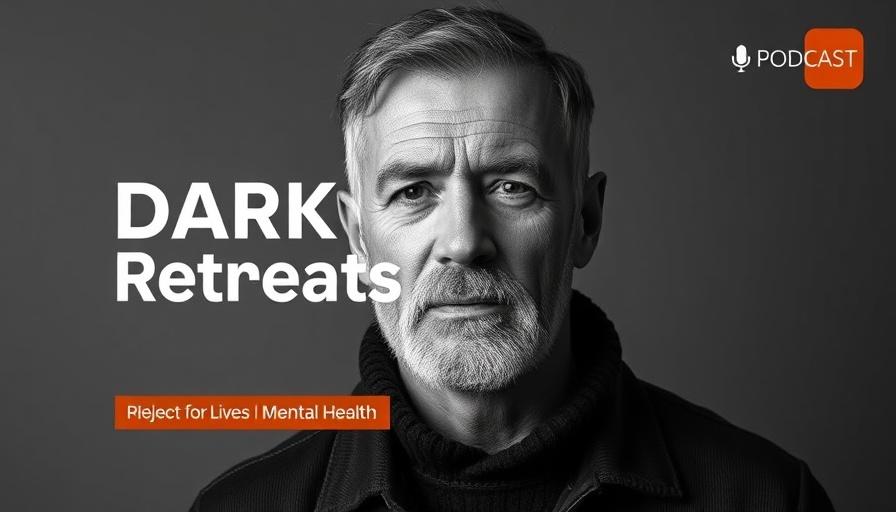
Understanding Catastrophic Thinking: The Hidden Challenge of Anxiety
Catastrophic thinking, often a component of anxiety disorders, encompasses an overwhelming fear that the worst possible outcome is imminent, past failures will repeat, or seemingly trivial issues will lead to significant catastrophes. This cognitive distortion can impact all aspects of one's life, leading to increased stress and anxiety, affecting not only the individual but also impacting families, workplaces, and societal dynamics.
A Deep Dive into Anxiety Disorders
Anxiety disorders take many forms, from generalized anxiety disorder to social anxiety and specific phobias. According to the National Institute of Mental Health, anxiety disorders affect nearly one-third of U.S. adults at some point in their lives. The high prevalence of these conditions illustrates the pressing need for comprehensive mental health resources and education. Many individuals experiencing anxiety also face challenges such as panic attacks or symptoms associated with depression, adding to the complexity of their care.
Why Do We Catastrophize?
Catastrophic thinking can arise from several sources, including past traumatic experiences, ongoing stressors, and a lack of effective coping strategies. For youth and students, the notion of impending doom can stem from academic pressures, social expectations, and the volatile nature of today's world. Furthermore, caregivers and families often feel the repercussions of a loved one's anxiety, resulting in a shared emotional burden. Understanding the roots of these thoughts is critical in alleviating the distress they cause.
Combating Catastrophic Thoughts: Practical Strategies
Several techniques can help individuals manage their catastrophic thinking. Cognitive-behavioral therapy (CBT) is a particularly effective form of therapy that encourages individuals to challenge and reframe their negative thoughts. Mindfulness practices, including meditation and breathing exercises, promote relaxation and present-moment awareness, reducing the grip of irrational fears. Those struggling can also benefit from relaxation techniques and self-care strategies that mitigate stress levels.
The Role of Support Systems
No one should navigate anxiety alone. The implementation of support groups and peer networks fosters an environment where individuals can share coping strategies and experiences, reducing stigma around mental health conditions. Caregiver support increases the resource pool available to families, encouraging both open dialogue and shared experiences, which can deeply resonate with the audience seeking assistance or connection.
The Importance of Mental Health Policy
Addressing catastrophic thinking is also a matter of systemic importance. Mental health funding and effective policies, such as accessible healthcare coverage under the National Health Insurance, are crucial for ensuring preventative care and early intervention strategies are available to all individuals. Mental health awareness campaigns, particularly those targeting anxiety and stress management, can reduce the stigma associated with seeking help.
Insights for the Future: Building Resilience
As we advance, focusing on resilience building and cognitive restructuring will be crucial in offering hope to those plagued by catastrophic imaginations. Programs aimed at mental health education in schools can instill young individuals with coping mechanisms before they encounter overwhelming challenges. Moreover, digital resources and teletherapy can expand access to those in rural and underserved areas, ensuring equitable mental health support for all.
Call to Action: Take Control of Your Mental Health
If you or a loved one is battling catastrophic thinking, it is vital to reach out for help. Whether through therapy, support groups, or educational resources, understanding and addressing your mental health needs can pave the way for improved wellbeing. Explore programs, contact the SADAG helpline, or engage in self-help practices to take actionable steps towards healing.
 Add Row
Add Row  Add
Add 




Write A Comment